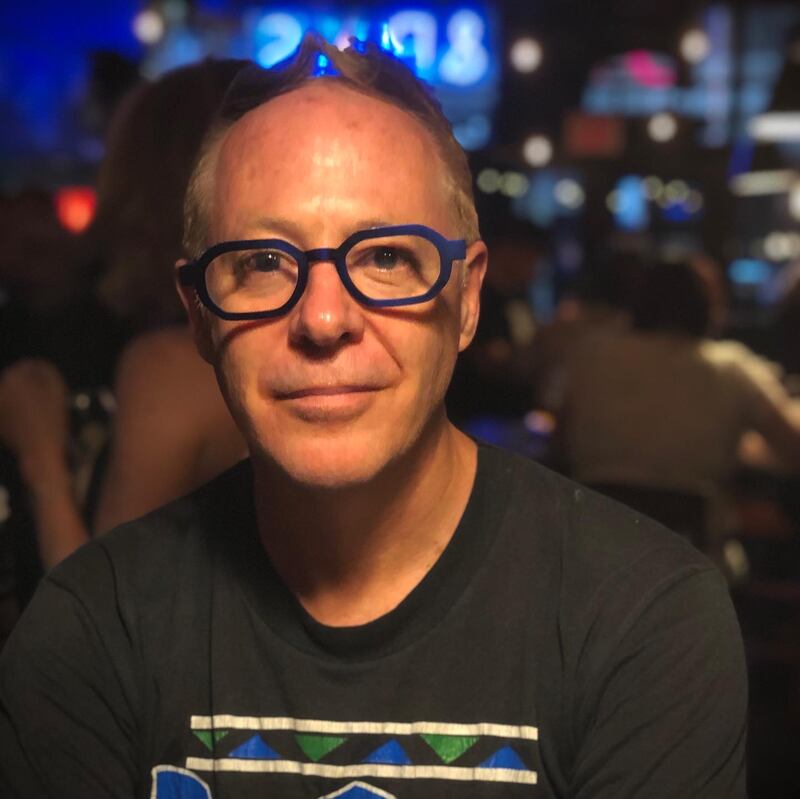What if you had the opportunity to document history in the making? What would you do? How would you do it?
I faced that challenge in March 2020. With death tolls on the rise in New York City, the then mayor Bill de Blasio and governor Andrew Cuomo shut the state down. A city of eight million people disappeared as if vaporised by some unseen force. The sounds of car horns, alarms, construction, and people, was replaced by a deafening and eerie silence that descended upon the once bustling streets.
Having watched what was happening in the rest of the world with growing horror – especially in Italy when it started to close down in the weeks before the pandemic, and people were shouting and screaming from their apartment windows – and thinking that such a dystopian nightmare couldn’t happen here, I felt compelled to take action. I wanted to document the unfolding scenes in NYC and in the process maintain the fiction of having some control.
I had spent the previous few months training to run the NYC half-marathon. The race was suddenly cancelled with less than a week to go.
READ MORE
But I was not going to let my newfound fitness shape go to waste. I decided I was going to film the entire city during the lockdown. That wasn’t going to be easy because I couldn’t rent equipment or work with people face to face. The city was entirely shutdown.
Tough times called for creative measures.
I decided to film on my iPhone X, which yielded surprisingly good results. I also managed to purchase a camera stabiliser, which mounts motion picture cameras, online, and it enabled me to take smoother shots while running, eliminating that annoying shaking.

There is a surreal beauty to New York, without the key ingredients of people, noise, bustle and action. The vacant skyscrapers, majestic against the skyline, stood watch over the eerie emptiness
I didn’t know I was making a documentary then. I just shot everything I could over the next few months. From Wall Street, over to Queens, into Brooklyn, through Times Square with the Naked Cowboy, alone, strumming his guitar in the vain hope of willing people to appear again.
It was like running in a museum. The city was embalmed in a state of suspended animation.
There is a surreal beauty to New York, without the key ingredients of people, noise, bustle and action. The vacant skyscrapers, majestic against the skyline, stood watch over the eerie emptiness.
New York was a ready-made movie set for a new, yet-to-be named zombie apocalypse TV series. The wind howled, old newspapers filling in for tumbleweeds on the empty streets.
I posted short video vignettes of my city travels on YouTube for my friends to watch, huddled in the safety of their apartments. We were all inside looking out.
I ruminated on the possibility that my little kids may one day see an exhibition, long after I’m gone, with their dad’s documentary in it, chuffed at his presence of mind to add to the city’s history.
But pointing and shooting does not a documentary make.
With months of footage, I had to figure out how best to make a film compelling enough without just featuring endless shots of an empty city and the ensuing civil unrest, anti-immigrant fervour, riots and curfews.
I spent the next six months learning how to edit and writing a storyline to capture this period within a narrative framework. I asked Irish actor Mark Byrne to narrate, meeting him outside in the freezing cold to discuss the project.
Award-winning poet Wang Ping contributed her poem Things We Carry on the Sea
Hip NY fashion designer Stacy Igel of Boy Meets Girl, graciously provided her stylised face masks. Photographer Ari Mintz contributed some excellent photos of the period and in a stroke of luck, I stumbled across my composer, Sachidanand Sankaranarayanan, on the internet.
It took me weeks to make contact with him in Chennai. He composed the haunting soundtrack while he himself was under a brutal lockdown in India. I attribute the subsequent success of our Outside In documentary to this rock-solid team.
I was driven by a deep desire to document this historic moment and to share my family’s experiences, which likely mirrored a lot of other family’s experiences – deeper connections and more time together.
I also began to reflect on what it means to be an Irish immigrant and how people view those who are looking for a better life.
The pandemic had highlighted the importance of community and the role that immigrants play in society.
I learned it is important to have hope, even in the darkest of times. That which does not kill you can still bang you up pretty bad. But you’ll get through it.
Outside In screens at Mark O’Toole’s former family bar, The Harbour Bar in Bray, Co Wicklow, on Thursday, February 23rd, at 7.30pm. Entrance is free, and O’Toole will be there to answer questions.
Mark O’Toole is a UCD graduate from Bray, Co Wicklow. He has lived in New York City for almost 25 years. He lives there with his wife, Anosha, their son, Aidan, and their daughter, Alanna. You can follow his blog here and on Twitter @MarkdOToole
If you live overseas and would like to share your experience with Irish Times Abroad, email abroad@irishtimes.com with a little information about you and what you do












